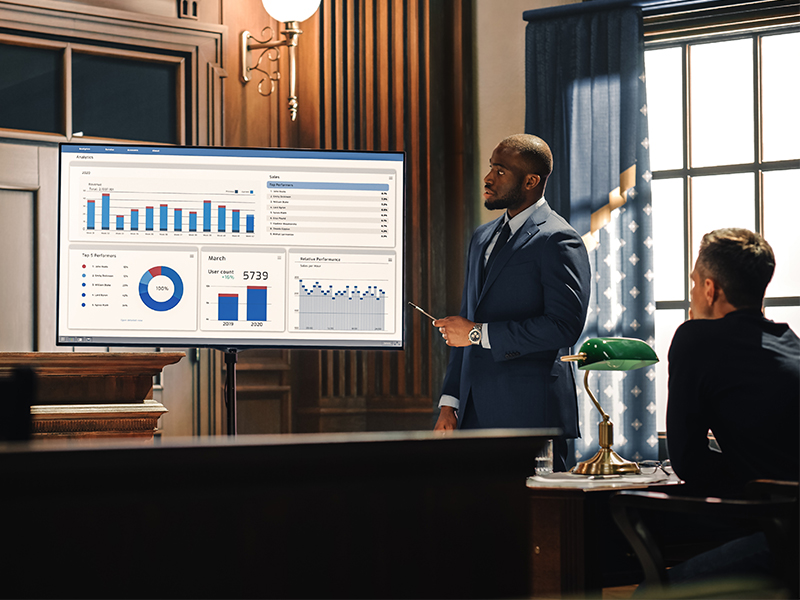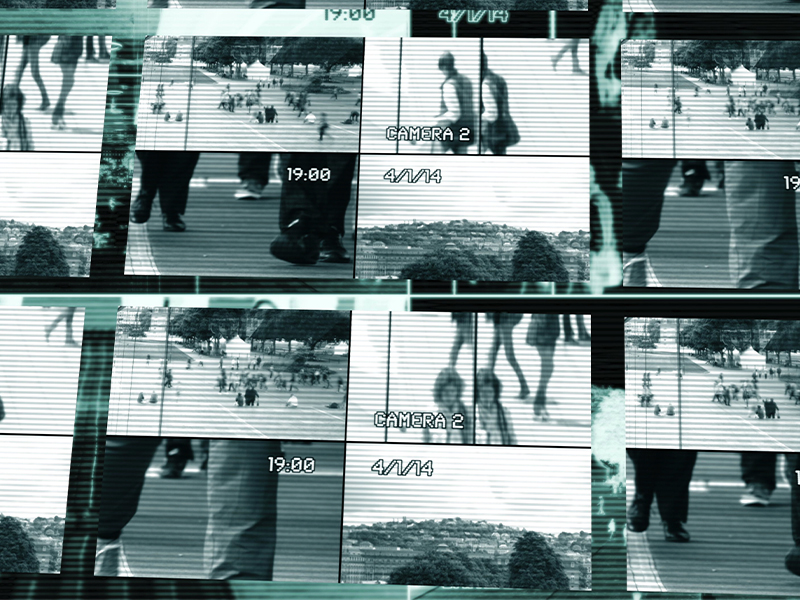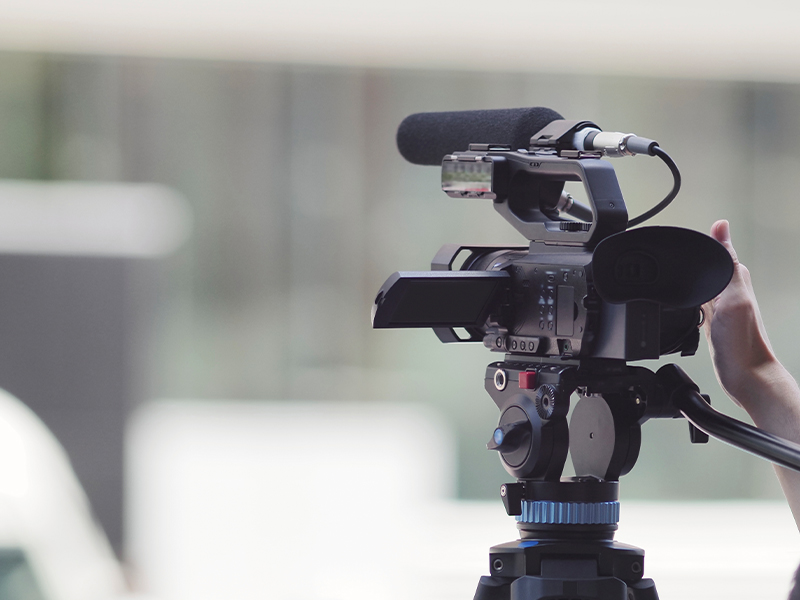As any experienced lawyer knows, a successful trial can hinge upon the effectiveness and use of demonstrative evidence. It is a powerful tool to help illustrate a point and explain difficult concepts which can strengthen a case. It can be anything from charts, graphs, to photographs and videos. It can also be used to make many technical issues more relatable to a judge or jury, or to clearly show a timeline of events.
Some famous trials where effective demonstrative evidence was a major factor included:
- The Trial of Kyle Rittenhouse
The jury in this trial asked three more questions requesting to rewatch much of the video evidence in the case. The videos included the FBI surveillance and drone video of shooting by Rittenhouse who claimed self-defense. The video proved to the jury that Rittenhouse may intentionally use force which is intended and acted in self-defense.
- The Trial of OJ Simpson:
During this trial, the prosecution used a chart demonstrating the DNA evidence that linked Simpson to the crime. This powerful demonstrative evidence helped to convince the jury of Simpson’s guilt.
- The Trial of Bill Cosby:
Cosby’s defense team used a demonstrative to illustrate the timeline of events leading up to the alleged assault. This demonstrative evidence helped to cast doubt on the accuser’s timeline of events and ultimately resulted in Cosby’s acquittal.
- The Trial of George Zimmerman:
The prosecution used a photographic demonstrative to show the wounds inflicted on Zimmerman by Trayvon Martin. This visual aid helped to illustrate the events of the night and convince the jury of Zimmerman’s innocence.
- The Trial of Robert Blake:
In the trial of actor Robert Blake, attorneys used graphic photos and diagrams to demonstrate the gunshot wounds that killed Blake’s wife.
- The Trial of Michael Jackson:
In the 2005 child molestation trial of pop star Michael Jackson, attorneys used a series of 3D computer-generated maps, photographs and diagrams to illustrate where various events took place on Jackson’s property.
Here are some tips to consider when producing a demonstrative on your next case at trial:
- Make sure that the visuals are clear and understandable. The information you provide should be short and succinct. This is essential for graphs, timelines of events and charts.
- The demonstrative should be easy to see, read and easy to follow. There is nothing like losing your jurors to convoluted information or having a blowup or image shown that is not close in clarity or color of the original.
- Consider tailoring the demonstratives so that it is relative to your case. Your approach should be supportive in theme and refining so that each issue you propose to support or argue against “connects the dots” with each demonstrative you present.
- Prepare it ahead of time so that the lawyer can practice with it and make any necessary modifications to it. This allows time to see if the lawyer flow works with the demonstrative evidence and make timely changes.
- The demonstrative should be used sparingly and not overwhelming. Unnecessary repetition may be hard to avoid. Remember to mix up how the information is repeated so that the Jury will not become annoyed or irritated.
Again, demonstrative evidence can vary from large blow-ups, to digital stills, Video excerpts, animations, charts, Maps and so on. In some cases, I have seen a life size mock-up of a 747 cockpit, come into court. The power of using a well-crafted demonstrative during a complex trial cannot be overstated. It can be a powerful weapon in the courtroom, providing the clarity, insight as well as support your argument needed to win a case.





